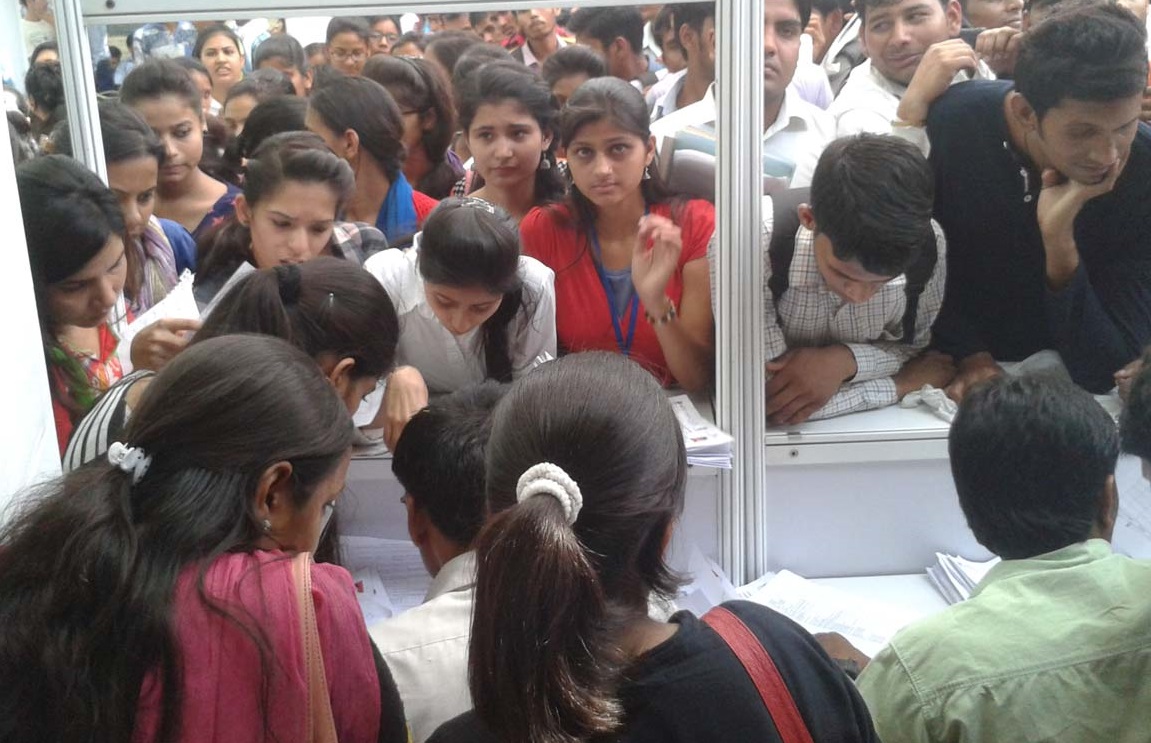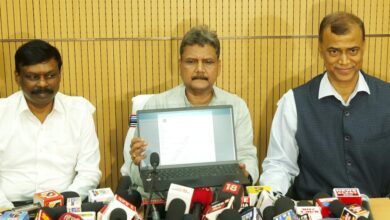Education Sector to become the largest employer by 2030

By Team BiharConnect
By 2030, every second person in India will be associated with the education sector either as a student or as a worker. By employing around 54-80 million workers, roughly 7-8 per cent of the total workforce, the education sector will emerge as the largest employer in the $10 trillion dollar Indian economy in 2030. To support the world’s third largest economy, India needs quality human resources of diverse character, skills and knowledge. Does India have a plan to meet the huge investment needs required to accomplish the knowledge and livelihood aspirations of its young population? Is there a plan in place to create a quality labour force?
In 2030, half of India’s 1,500 million population will be under the age of 25. Around 350-400 million will be in the school going age (3-18 years) and around 225-250 million will be in the higher education age group (18-24 years). To teach them, India needs a minimum of 15-20 million teachers in schools and 9-11 million in higher education. Even if some non-teaching jobs are replaced with technology, another 20-30 million will be required for administration and management. Allied educational activities such as coaching/ supplementary education, hostel management, canteens/ food courts, education-related printing and publishing, education technology providers, skill development experts/ institutes will constitute another 10-20 million jobs.
In order to meet international quality standards in education and create essential educational infrastructure, the education sector needs to make huge investments.
The big leap that was not
The Twelfth Five Year Plan (2012-17) which is known as the education plan envisaged a big leap. Even though some new higher education institutes were set up during this period, the number of available seats is insufficient to admit all eligible candidates. In the case of school education, only around 20 per cent of schools are RTE compliant, indicating the investment gap in meeting the norms to ensure quality school education.
Education spending in India is less than 4 per cent of the GDP. The budget spending of the Centre and State governments show that it is far below the ratio that can give a big push – around 7 per cent by the Central government and around 16-17 per cent by the States and UTs. Altogether, the Indian State allots around 10 per cent for education covering school to higher education and adult education.
Draft National Education Policy
In order to achieve the proposed goals of the Draft
National Education Policy (NEP) 2019, spending has to increase incrementally.
While identifying the issues related to educational investment, the draft NEP
2019 has not made any
noticeable changes in the half-century-old approach suggested in the Kothari
Commission Report: 1) investment in education is an outcome of GDP growth and
2) in order to achieve the goals, draft NEP envisages a step by step increment
in educational investment, so that by 2030, budget spending on education will
touch 20 per cent.
Unfortunately, these proposals show that policymakers are yet to learn from those nations across the globe and the Indian States that have made significant strides in educational development. Education needs a big push. The push should continue for decades depending on the population growth and economic growth. In order to make such a choice, policymakers should know that investment in education is not an outcome of economic growth, instead, economic growth depends on educational development and, hence, investment in education. Quality human resources can identify and venture into new activities for their well-being and thereby, support the national economic development.
The success stories
Kerala and Himachal Pradesh have been successful in giving a big push to education and have later achieved significant improvements in their socio- economic development. They consistently spent around 28-35 per cent of the budgeted amount in education for two-three decades which brought major improvement in their per capita income. The majority of Indian states spent only around 15-25 per cent, an inadequate share to address the infrastructural and teacher challenges, leading to the supply of substandard education at all levels. As a result, the average years of schooling of an Indian is yet to reach at 6 years and the learning levels are far below the grades that they attend.
Considering the potential that the education sector offers, the Central budget should earmark at least 10-15 per cent for education and encourage States to increase it to above 25 per cent. Even then, in order to meet the higher education goals of draft NEP 2019, India needs the support of socially committed private entities.
Draft NEP 2019 envisages 300 research universities and 3000 teaching universities with 25000-30000 student capacity, and 40000 colleges with 2500-5000 students, however, it says next to nothing about funding, indicating that growth in higher education will be dependent on the private sector.
Along with funds, the private sector needs competent
teachers and other professionals. Quality of Teacher training is a national
concern. It has been debated ever since independence. Recently, the TIFAC
Report of Department of
Science and Technology emphasized a complete restructuring of teacher education
by making it the sole responsibility of the State. After the first NEP, hardly
any significant investment took place in teacher education. Pre-service and
in-service teacher training continues to be a major challenge. In addition to
that, the new pre-school teachers envisaged by the NEP across the country need
a professional training. Only a few public institutes provide Montessori
Training, the rest are all private entities.
Energising private sector
Another question that policymakers need to tackle is how to motivate the private sector to invest in education. If it follows the pattern of investment in social enterprises with the help of venture capital funded microfinance institutions, within no time, the social objective will be jeopardized by the profit motives. Therefore, even if private entities are encouraged to invest in education, a share of their spending has to be shouldered by the State. The government also needs policies that encourage high net income (HNI) individuals and families to focus their philanthropic efforts in education. Indian HNIs are yet to realize the importance of sustaining their legacy by supporting a major social goal.
Finally, to realize the key goals of the draft NEP 2019, India needs a major policy shift to trigger investment in education. This will address both the challenges of the economic slowdown and the issues with the quality of human resources that the country is grappling with. Let us hope finance minister Nirmala Sitharaman will make a good beginning in her maiden Union Budget, to be presented on July 5, 2019.
(Source: Financial Express)
Disclaimer: The opinions expressed within this article are the personal opinions of the author. The facts and opinions appearing in the article do not reflect the views of BiharConnect and BiharConnect does not assume any responsibility or liability for the same.




